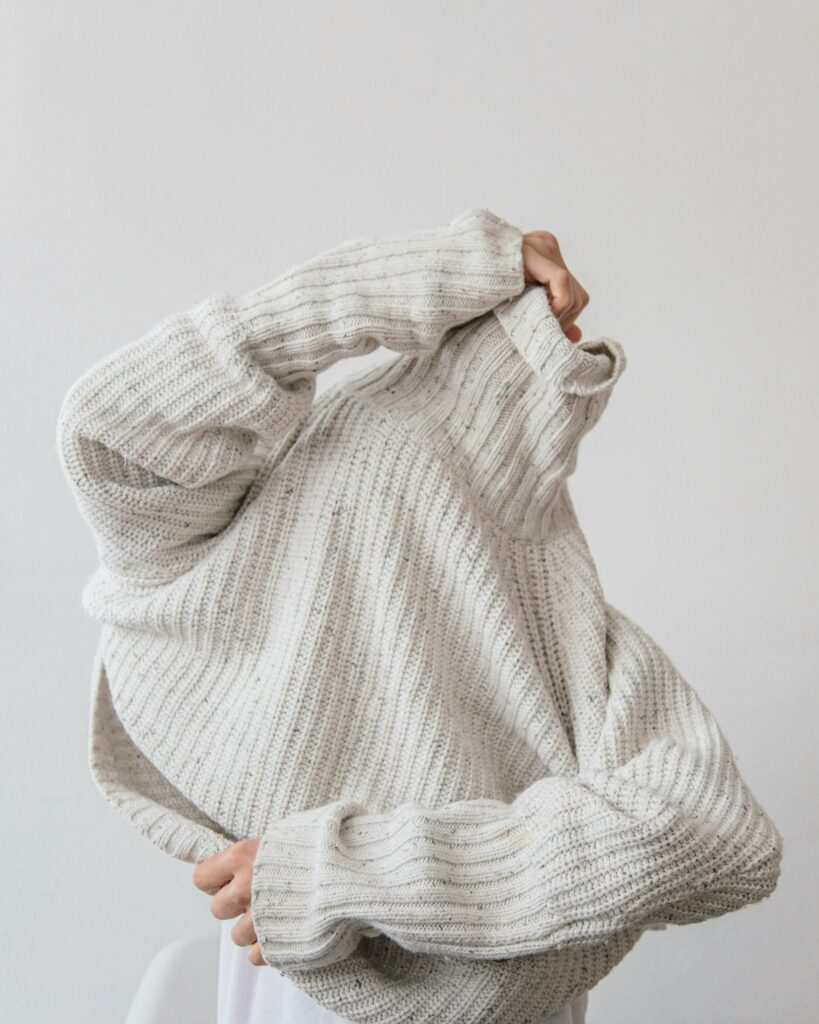Learning how to layer for cold weather is something we all know to do, but seldom do properly. With many fashionable options available for the upcoming cold seasons, you’ll want to be sure you know what you’re doing. Not layering correctly can lead to your outfit seeming bulky, not effectively keeping you warm, or even overheating you. It can also be hard to put a fashionable outfit together due to the thickness of winter materials. Have no fear; by pairing your fabrics together in three layers, you can put together a stylish and warm outfit in only two or three steps.
How to Layer Clothes for Cooler Weather
The Base Layer
The base layer is perhaps the most important layer, as it keeps the sweat off your skin and defines how much air your skin has access to. Because this layer is supposed to move sweat and other liquids away from your skin, looking at long underwear-style base layers will be your best bet to keep regulated during the wintertime.
One of the reasons this is key in learning how to layer clothes for winter is that moisture control can keep you from getting either too hot or too cold. By picking a form-fitting base layer with long sleeves and lightweight material, you can prevent air from making you too cold while allowing for ample circulation to ensure you aren’t getting too hot.
There are a wide range of fabric options appropriate for the base layer, with both natural and synthetic fibers providing virtually the same performance in moisture control. However, there are significant differences in looks, drying, and odor retention that need to be considered. When learning how to layer clothes, it’s generally best to start with a synthetic ultra lightweight material, as it isn’t bulky and doesn’t keep odor.
Cotton is generally a poor choice for the base layer. While cotton keeps you warm, a base layer’s purpose is to keep your skin dry and ensure you don’t overheat, making cotton a much better fit for the middle layer. Because cotton also soaks up water, it can hold odors for much longer and looks bulkier under your middle and outer layer.
The Middle Layer
The middle layer is where you’ll do the most layering up for the cold. Insulation has a broad range of fabric options, with synthetic and natural fibers being fantastic at keeping you warm throughout the day. This differs from the base layer in terms of the best fabric, as thicker and heavier materials are warmer and thus preferred. This can be a sweater, an insulated jacket, or a down-insulated jacket.
In terms of looks, the middle layer can be tricky. A great tip for learning how to layer clothes while staying fashionable is to avoid thicker and puffier materials until you get to the top layer. This is because putting thicker materials under thin garments can make the body look very boxy, which is generally not that flattering. However, when layering for cold weather, the middle layer can be significantly bulkier than usual due to the size of the outer layer.
Fleece is an excellent material choice for your middle layer. Fleece stays warm, dries quickly, breathes well, and is not bulky enough to show through your average puffer jacket. However, if you decide to forgo the outer layer, you can replace fleece with cotton and get similar results.
How to Layer Clothes for Winter
The Outer Layer
The outer layer is ultimately optional, but borderline essential for defending against wind, rain, and snow. Many fabrics don’t stand well against extreme weather, so finding a suitable outer layer for cold weather can help protect your clothes and body from the harsh elements. The outer layer is best composed of water and wind-resistant material, and provides a kind of shell for the softer materials underneath to be protected from.
While waterproof shells are more expensive in terms of fabric cost, they are generally worth it for the added protection. Similar to other shells, there are a lot of synthetic fabrics that you can choose from. Because these fabrics need to have a durable water repellent finish, natural fibers are less popular.
Another important aspect when learning how to layer clothes for winter is choosing an outer layer that is appropriate for the climate you live in. If you live in an area with heavy rain and snowfall, a harder outer layer will be most effective. In contrast, areas with a more moderate climate can use softer shells that owe more to fashion sense than functionality.
When you’re learning how to layer clothes, it’s easy to get caught thinking about warmth and nothing else. Finding the suitable fabrics for each layer of your outfit can significantly increase your comfort during fall and winter, all while elevating your outfit’s looks.






